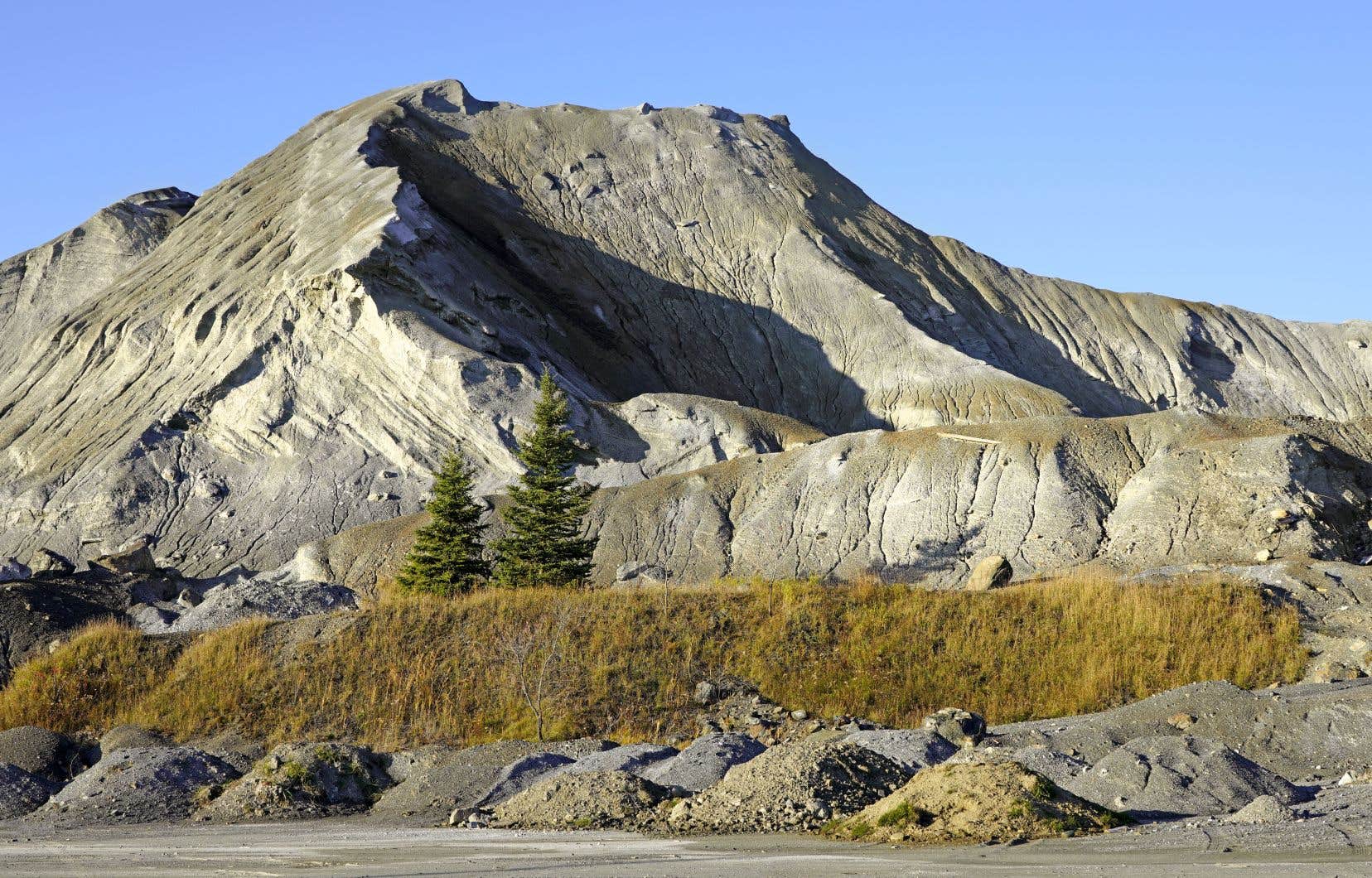This text is part of the special section Mines and natural resources
The University of Sherbrooke has developed a technology capable of both capturing CO2 in the air and then to sequester it in the waste from Quebec mines, in particular asbestos. This project, called Skyrenu Technologies, even seduced Elon Musk…
Over the past 300 years, an immense amount of CO2 has been emitted into the atmosphere, to such an extent that it must now be eliminated to maintain a breathable climate in the medium term. Faced with this state of affairs, but also because his students are showing a growing interest in environmental issues, Martin Brouillette, professor at the Faculty of Engineering at the University of Sherbrooke, has been interested for several years in technologies for the direct capture of ‘air. These involve passing large volumes of air through specially designed machines to remove CO2 present in the atmosphere at low concentrations — unlike industrial source capture, which traps carbon dioxide before it disperses.
“A bit like a complex filter that captures CO molecules2 while letting the others pass,” he explains about the first patent filed in 2020 by his university for a new architecture of a direct air capture system.
But once the carbon dioxide from the atmosphere is channeled, what happens to it? “We make the CO react2 in high concentration captured by our machines with mining or industrial residues, to produce inert compounds in which CO2 is sequestered for hundreds of millions of years,” says Martin Brouillette.
According to him, Quebec now has billions of tons of mining residues, including 700 million tons of waste related to asbestos mining. This sector is more promising than ever because, in addition to combating climate change, technology makes it possible to decontaminate mining sites.
A safe and sustainable sequestration method
“We have the potential to sequester hundreds of millions of tons of CO2 because of our asbestos, iron, copper, etc. mining liabilities. Specifically, in Val-des-Sources and Thetford Mines are gigantic mountains of asbestos mining scrap still containing metals, including magnesium, which can be used to react with carbon dioxide to form magnesium carbonate. “says the professor.
This mineral is the famous “inert rock”, which we do not need to monitor over time since the long-term stability is clearly demonstrated, he believes. “It’s not like the existing processes that reinject carbon dioxide under pressure into oil wells. In this case, the gas is still present and must be constantly monitored, because of the risk of leakage and re-emission into the atmosphere,” explains Martin Brouillette. According to him, his method of sequestration is therefore one of the safest and most durable.
Mr. Brouillette is not the only one of this opinion. In 2021, Elon Musk, through his foundation, launched the XPRIZE Carbon Removal competition. This multi-pronged competition offers prizes totaling $100 million to teams that have developed the most promising carbon dioxide capture processes.
“My students, who had chosen the name Skyrenu Technologies for their group, submitted their application, and we were one of the 20 winning teams around the world,” says Martin Brouillette proudly. Their machines, installed in Quebec mines and combined with a technique of sequestration by carbonation of asbestos residues, thus seduced the billionaire, entrepreneur and general manager of the automobile company Tesla.
Controlled extraction
“The filter is a bit like a sponge with an affinity for carbon dioxide. When ambient air passes through it, CO2 found there attaches itself to its walls, and we can then extract it in a controlled manner”, continues the professor. To do this, the water vapor heats the sponge and the increased temperature releases the carbon dioxide so that it can be safely collected.
“In a large-scale installation on an active or abandoned mining site, we would install wind turbines to supply the energy needs of our direct air capture and the sequestration reaction”, indicates Martin Brouillette, sensitive to the ecological sustainability of Skyrenu Technologies.
“When we started our direct air capture and carbonation system, it was done in reactors that were in the gram range. But we have to manage to capture billions of tonnes…” adds Martin Brouillette.
In fact, the development continues, in concert with Skyrenu and the University of Sherbrooke. “We are up to scale, the third, with the capture of ten tonnes of CO2 says the professor, while the scale of a Skyrenu commercial unit would be 1000 tons. “It will take a few more years”, finally says the academic, in order to achieve the United Nations objective of ridding the atmosphere of five billion tonnes of carbon dioxide each year by 2050.
This special content was produced by the Special Publications team of the Duty, relating to marketing. The drafting of Duty did not take part.
